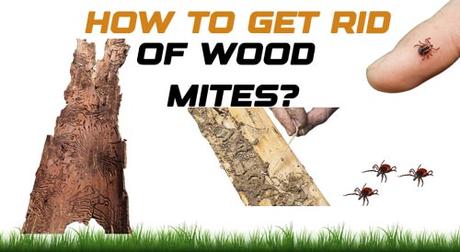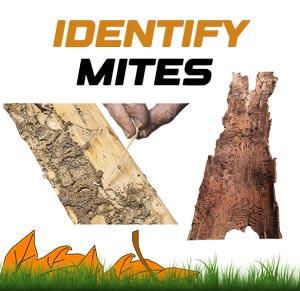
In this article, we will discuss how to identify and get rid of common wood mites around your property/lawn so, your home and ornamentals can stay free of mites' activity year around.
Identify the presence of wood mites

The first thing you should do when starting any pest control plan is to identify what exactly you are dealing with. Careless identification can lead to wrong treatment and methods, wasting your precious time and money. These mites are too small but multiple signs of their presence in your lawn and plants can be easily noticed. They can also be found inside of your homes.
The most common wood mite is the two-spotted spider mite, and it grows to be only a 50th of an inch's length. Like spiders, these mites have eight legs and two large black dots covering the size of their wide and clear body. There could be no visible spots on the bodies of baby mites or the mites that are recently molted.
Mites will become active starting in the spring and can become noticeable pests any time until the winter. Overwintering mites usually be found in debris or underneath tree bark but can take shelter in cracks and curves of the structures. While overwintering, they change color from white to dark orange or red and they retain their two spots.
Inspecting
Inspection is the next phase of any good and effective pest control plan. Once you know what your pests look like. Check around your area to confirm the presence or find hotspots of activity of pests. Inspect your plants for any signs of wood mites' damage.
They normally attack the woody plants like bushes and shrubs. They are also known to attack some flowers and trees. Initially, the damage will form pale spots on leaves which will later progress to yellow and then brown. Be sure to check on the top and underneath the leaves to see the signs of damage cast skins webbing and the mites themselves.
If you are experiencing mites indoors, inspect the inner perimeter for any tight cracks and curves that mites can use to enter the structure and hide. It includes doors, windows sealing, behind the electrical plating, spots where the plumbing penetrates the wall, and along baseboards. Also, take note of any houseplants that are infested as well.
After checking your indoor space, also check your outdoor structures and perimeters. Note potentially infected plants close to any entry points. You can use this information to think about the treatment options.
